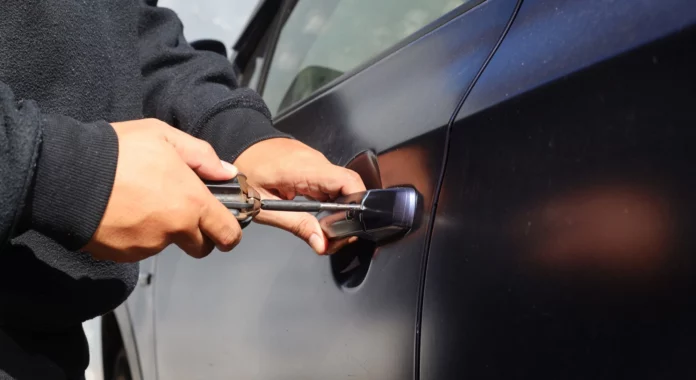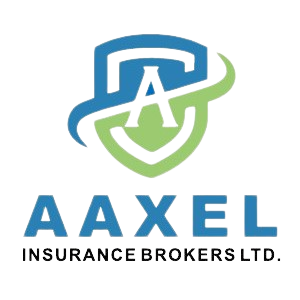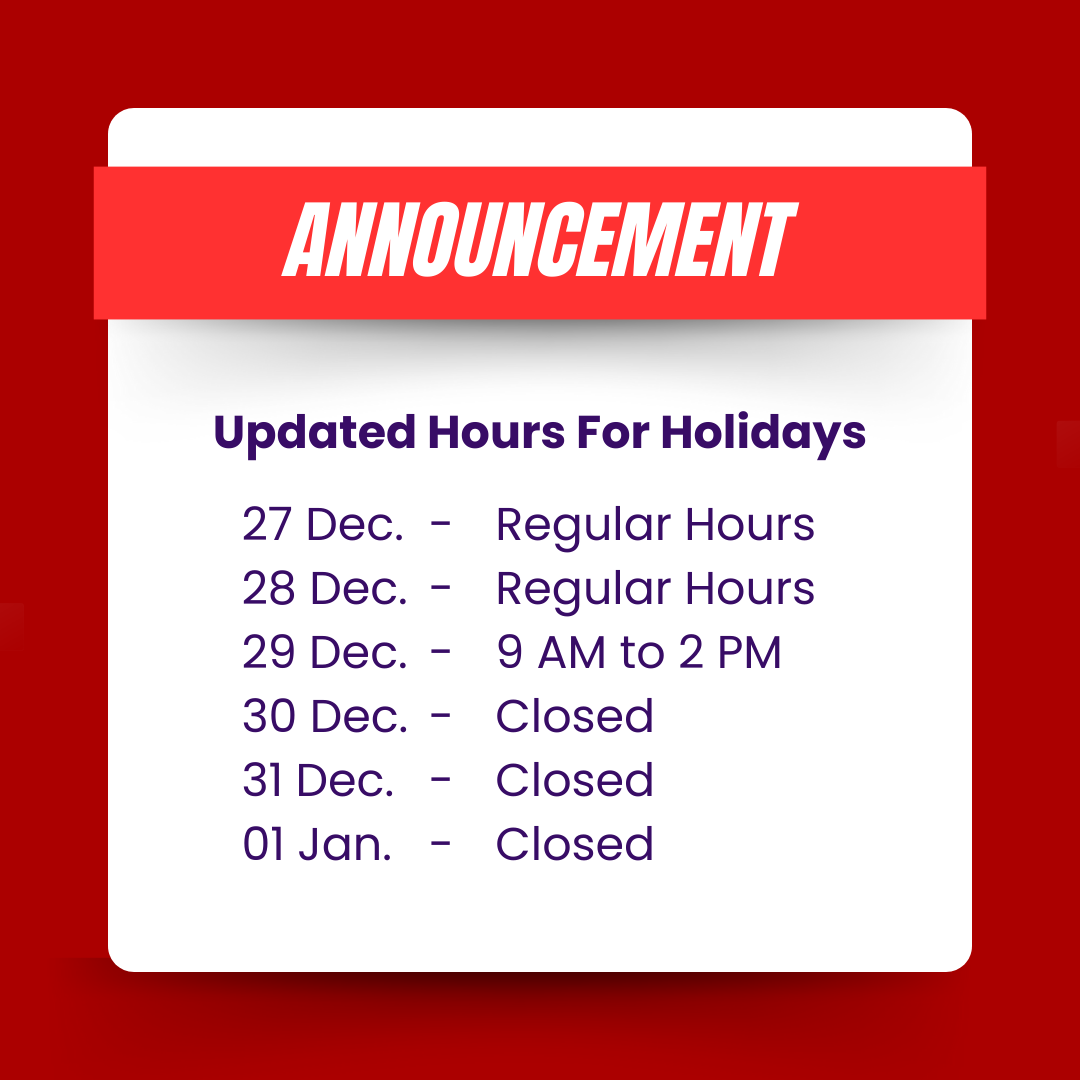If you’re ready to experience the thrill of riding a motorcycle in Ontario, obtaining a motorcycle license is an important step. Ontario has specific licensing requirements to ensure the safety of motorcyclists on the road. In this comprehensive guide, we will provide you with a step-by-step overview of how to obtain a motorcycle license in Ontario. By following these instructions, completing the required training and tests and understanding the licensing process, you can embark on your motorcycle riding journey with confidence and adhere to the province’s regulations.
Understand the Motorcycle License Requirements
Before applying for a motorcycle license in Ontario, it’s important to understand the requirements:
- Age Restrictions: To obtain a motorcycle license, you must be at least 16 years old to ride a moped or 16 years and 6 months old to ride a motorcycle.
- M1 License: The first step is to obtain a M1 license, which allows you to practice riding under certain conditions.
- M2 License: Once you have gained experience and completed a road test, you can upgrade to a M2 license, which allows more riding privileges.
- M License: After holding a M2 license for a specific period, you can apply for a full M license, which grants unrestricted riding privileges.
Complete the Required Training
To obtain a motorcycle license in Ontario, follow these steps to complete the required training:
- Find an Approved Training Course: Search for a Ministry-approved motorcycle training course in your area. These courses provide the necessary training and skills to become a safe and confident rider.
- Enroll in the Course: Register for the motorcycle training course and attend the classroom and practical sessions as scheduled.
- Pass the Training Course: Successfully complete all the training modules and assessments to receive a completion certificate.
Obtain Your M1 License
After completing the motorcycle training course, follow these steps to obtain your M1 license:
- Visit a DriveTest Centre: Visit a DriveTest Centre in Ontario to apply for your M1 license. Ensure you bring the necessary identification documents and the completion certificate from your training course.
- Pass the Written Test: Take the M1 knowledge test, which assesses your understanding of road rules, signs and motorcycle-specific regulations.
- Vision Test and Pay the Fee: Complete a vision test and pay the applicable fee for your M1 license.
Progress to a M2 License
Once you have your M1 license, follow these steps to progress to a M2 license:
- Practice Riding: With your M1 license, practice riding under the specific conditions and restrictions outlined by the Ministry of Transportation.
- Schedule a Road Test: Once you feel confident in your riding skills, schedule a road test with a DriveTest Centre. The road test assesses your ability to operate a motorcycle safely on public roads.
- Pass the Road Test: Successfully complete the road test to upgrade to a M2 license.
Upgrade to a Full M License
After holding a M2 license for a specific period (typically 22 months), you can upgrade to a full M license by visiting a DriveTest Centre and paying the necessary fee. This grants you unrestricted riding privileges and allows you to fully enjoy the freedom of riding a motorcycle.
Conclusion
Obtaining a motorcycle license in Ontario is an exciting journey that requires completing the necessary training, tests and licensing process. By understanding the requirements, enrolling in an approved training course, passing the tests and progressing through the licensing stages, you can obtain your motorcycle license and ride with confidence on Ontario’s roads. Always prioritize safety, continue to improve your riding skills and adhere to the rules and regulations outlined by the Ministry of Transportation. Enjoy the freedom and adventure that comes with riding a motorcycle in beautiful Ontario.







